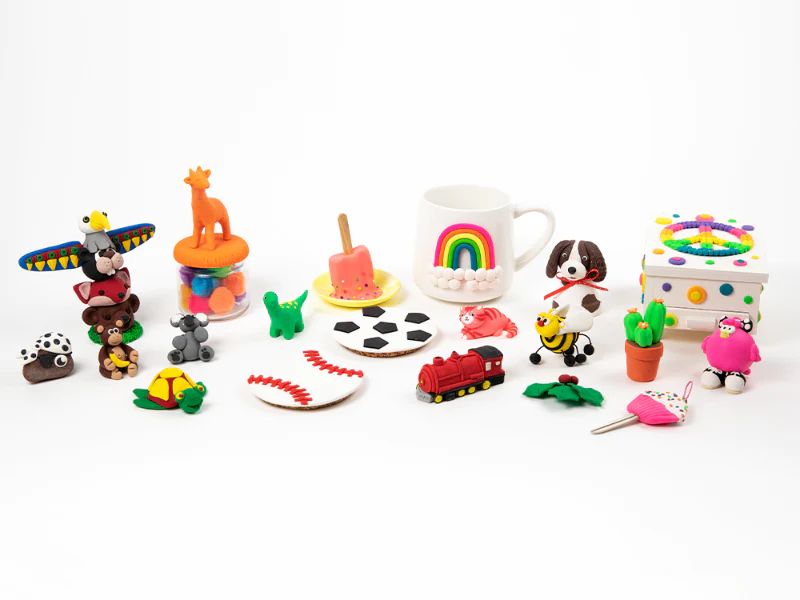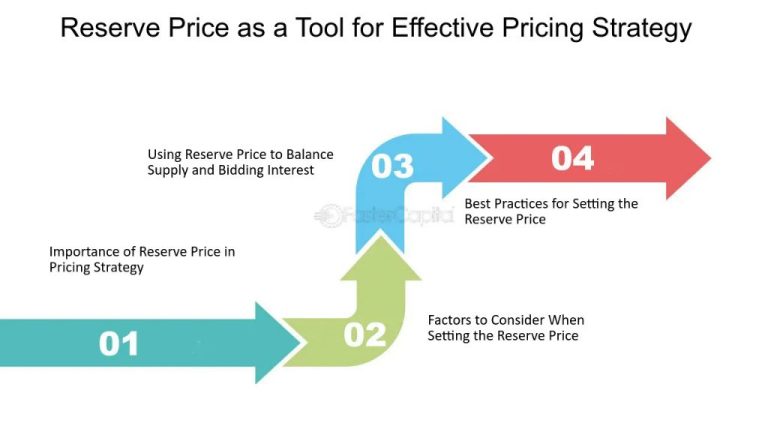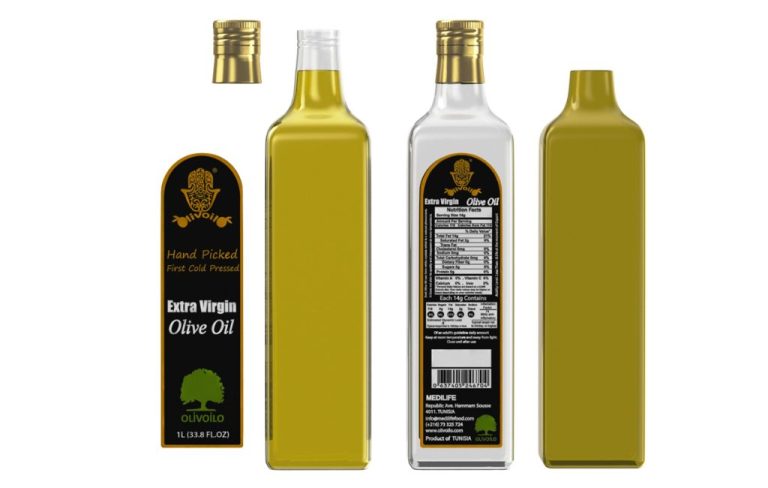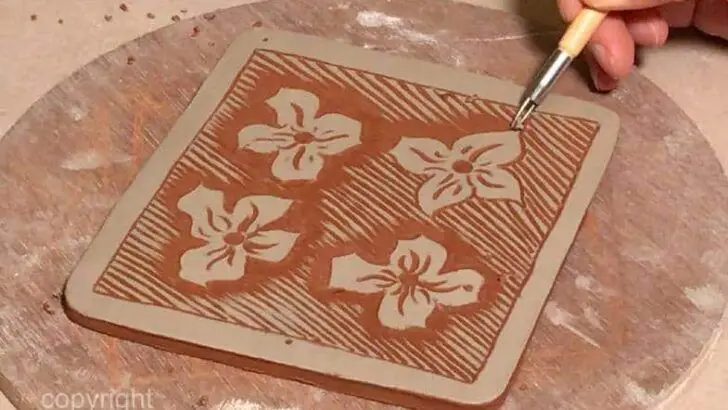Is Oven Bake Or Air Dry Clay Better?
Oven bake clay and air dry clay are two popular types of modeling clay used by artists and crafters. Both clays allow you to sculpt detailed figures, jewelry, and decorative items. However, there are some key differences between oven bake clay and air dry clay in terms of their properties and uses.
Oven bake clay, also known as polymer clay, is made from PVC resin and must be hardened in a home oven once sculpted. Air dry clay is made from natural materials like clay and cellulose, and it dries and hardens naturally at room temperature. While both clays can produce professional results, air dry clay is simpler to use while oven bake clay is more durable and detailed.
Main Differences Between Oven Bake and Air Dry Clay
There are several key differences between oven bake polymer clay and air dry clay:
Drying Time
Oven bake clay must be baked in an oven to cure and harden, which takes 15-30 minutes at 275°F. Air dry clay will harden and cure at room temperature over 24-72 hours without baking. Air dry clay dries from the outside-in, so solid pieces may take longer than thin pieces to fully harden. Source
Durability
Properly baked polymer clay is very durable, flexible, and waterproof. Air dry clay is more fragile and porous unless sealed. Polymer clay items will last much longer if cared for. Air dry clay can become brittle and break down over time. Source
Finish
Polymer clay can be sanded and polished to a smooth finish after baking. Unsealed air dry clay has a rough, grainy finish that’s hard to smooth. Polymer clay can be painted, glazed, or left bare. Air dry finishes well with acrylic paints and sealants.
Uses
Polymer clay is great for jewelry, figurines, decorative objects. Air dry clay is often used for basic crafts, kids’ projects, and clay modeling. Air dry clay is not food-safe. Both can be used for a variety of arts and crafts.
Drying Time
Oven bake clay dries significantly faster than air dry clay. This is because oven bake clay cures and hardens through the application of heat, typically in a home oven or toaster oven. According to The Difference Between Polymer Clay and Air Dry Clay, oven bake clay can be cured in as little as 15 minutes at the recommended baking temperature. In contrast, air dry clay dries slowly by evaporating water over time. Air-Dry clay vs Polymer Modeling Clay states that air dry clay takes 24-48 hours to completely dry and harden at room temperature.

Durability
Oven baked polymer clay is generally more durable than air dry clay, especially for items that will undergo a lot of wear and handling (Source). When properly cured in the oven, polymer clay undergoes a chemical process that makes it very strong and resistant to chipping or cracking. This makes it well-suited for jewelry, household items, and sculptures that need to hold up to frequent use and impact.
Air dry clay is still fairly durable for decorative objects, as long as it is not rolled too thin (Source). While delicate thin areas may be prone to breaking, air dry clay can stand up well when used for thicker sculptures, wall decor, plaques, and similar items that are handled gently. So air dry clay works beautifully for displaying art, while oven baked clay is better for functional pieces.
Finish
When comparing the finish of oven baked clay versus air dry modeling clay there are some notable differences. Oven baked polymer clay like Sculpey® results in a smooth, bisque-like finish after baking according to the manufacturer’s instructions. This is because the heat from the oven fuses the polymer materials together creating a hard, durable surface (The Difference Between Polymer Clay and Air Dry Clay – Sculpey Blog).
In contrast, air dry modeling clays like Makins® or Activa® have a more porous, lightweight finish that resembles ceramic or pottery. This is because the clay dries and hardens at room temperature rather than fusing together under heat. The air drying process leaves behind small air pockets in the clay resulting in a rougher texture and more absorbent surface (What clay to buy? Oven baked or Air Dry Clay? – Clay-It-Now).
So in summary, oven baked polymer clays produce pieces with a smooth bisque-like finish while air dry clays result in a more porous, ceramic-like lightweight finish.
Uses
When deciding between air dry clay and oven bake clay, consider the intended use. Oven bake clays like Sculpey and Fimo are better suited for structural items that need to be strong and durable, like jewelry, figurines, and decorative household objects. The baking process fully cures the clay, creating a hard plastic-like finish able to withstand repeated use (source).
In contrast, air dry clays are best for more decorative and craft uses where structural integrity is less important. Common projects include basic shapes, ornaments, wall plaques, and other decorative items that don’t require as much durability. Air dry clay will harden at room temperature to a ceramic-like finish, but remains more fragile than oven baked clay. Air dry clays are also excellent for situations where baking isn’t possible, like with children or classroom crafts (source).
Crafting Process
The key difference in the crafting process between oven bake clay and air dry clay is that oven bake clay requires baking in an oven to set and harden it, while air dry clay simply dries and hardens through exposure to air over time.1 Oven bake polymer clays must be baked according to manufacturer instructions, usually at 265°F for 15 minutes per 6mm of thickness, in order to fully harden the clay.2 Air dry clay, on the other hand, does not require any special equipment or process. It will gradually harden and cure when left out in the open air to dry.
The baking process for oven bake clays allows the clay to be hardened into durable, permanent finished pieces. Air dry clays cure simply through water evaporation, so the finished pieces may be more fragile over time if not properly sealed. However, air dry clays are often easier and faster to work with since there is no baking required.
Price
Oven bake clay is generally more expensive than air dry clay. Brands like Sculpey and Fimo, which are popular oven bake polymer clays, typically cost $2-5 per 2 oz block. In comparison, most air dry clays cost around $1-3 per 2 oz block. For example, air dry clays from brands like Crayola and Activa are very affordable at less than $2 per block.
There are a couple reasons for this price difference. Oven bake polymer clay is made from higher quality ingredients like vinyl that create a more durable finished product. The manufacturing process is also more complex. Air dry clay is made from simpler paper or cellulose based ingredients. So oven bake clay requires more investment to produce, leading to a higher retail price.
For hobbyists and artists just getting started, air dry clay is recommended due its lower price point. You can buy a greater volume and variety of colors to experiment with. However, for those who create more high end ceramic art and jewelry, the durability and realistic finishes of oven bake clay make it worth the extra cost. Overall, air dry clay is better suited for casual crafts, while oven bake clay is preferred for detailed, professional-level creations.
Availability
Both oven-bake and air-dry clays are widely available for purchase online and in brick-and-mortar craft and art supply stores. While availability may vary by region, most major retailers like Michael’s, Joann’s, Hobby Lobby, and Blick Art Materials carry both types of clay in-store and online. Specialty polymer clay brands like Sculpey and Fimo are commonly found online and in well-stocked craft stores. Air-dry clays from major brands like Crayola and Activa are readily available at many big box stores and online marketplaces. Both clays generally have widespread accessibility for artists and crafters of all ages and skill levels.
Conclusion
In summary, the main differences between oven bake clay and air dry clay are the drying time, durability, finish, and uses. Oven bake clay requires baking to harden, while air dry clay hardens at room temperature. Oven bake clay is more durable for items like jewelry or decorative pieces. Air dry clay is good for items that don’t require as much strength. Oven bake clay can achieve a smooth, glossy finish, while air dry clay has a more matte texture. Oven bake clay works well for detailed sculpting and molding. Air dry clay is often used for kids’ crafts, school projects, and other decorative items.
The ideal use depends on your needs. Oven bake clay is great for artists, crafters, and hobbyists who want to create durable polymer clay jewelry, sculptures, and figurines. Air dry clay is ideal for simple crafts, kids’ projects, prototypes, and items that don’t require high durability. Consider the drying time, intended use, complexity of the project, and your budget when choosing between oven bake and air dry clay.



